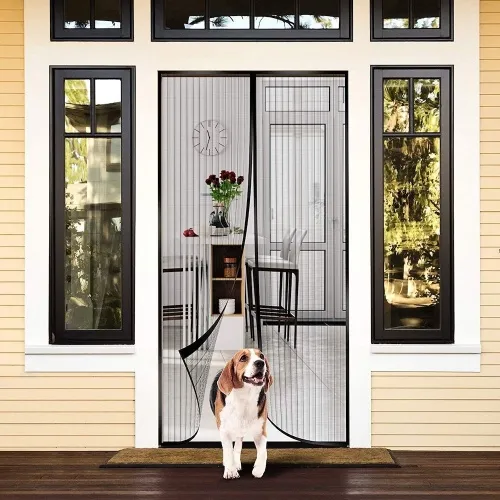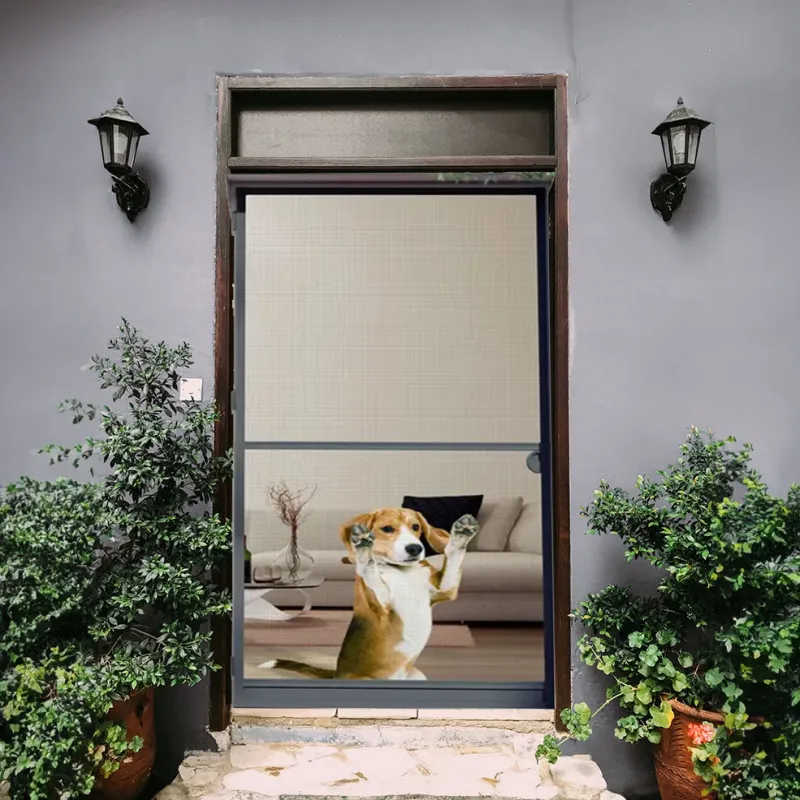Feb . 19, 2025 07:43 Back to list
fly screen frame
Screen frames are an essential component of any window or door system, not only providing functionality by keeping pests at bay but also seamlessly integrating with the design aesthetics of your space. Understanding the various types of screen frames available will empower you to make informed decisions that best suit your needs and enhance your living or working environment.
Fiberglass screen frames have been gaining popularity due to their unmatched resilience. These frames withstand extreme temperatures and a wide array of environmental conditions without losing form. Fiberglass is inherently strong, resisting warping, scratches, and dents, which translates to less maintenance over time. Offering an excellent strength-to-weight ratio, fiberglass frames are an ideal choice for homes in harsh climates or for large openings, where other materials might fall short in durability. Lastly, hybrid frames combine materials such as aluminum and wood, or vinyl and fiberglass, to optimize the benefits of each component. These frames allow for greater design flexibility and performance, providing a balance between aesthetic appeal and structural integrity. Hybrid frames are particularly useful in architectural projects where both the internal and external appearance needs to be consistent and high in quality. When selecting screen frames, it is vital to consider the conditions of the surrounding environment, the architectural style of the building, maintenance capabilities, and budget constraints. Consulting with experts and possibly engaging with local suppliers can ensure that the chosen screen frame type will serve optimally, blending seamlessly with the property’s design while offering long-term efficacy. In conclusion, the perfect screen frame depends significantly on your unique requirements and the specific characteristics of the living or working space. Whether you lean towards the strength of steel, the elegance of wood, or the durability of fiberglass, understanding these options ensures you achieve the ideal combination of performance, aesthetics, and functionality.


Fiberglass screen frames have been gaining popularity due to their unmatched resilience. These frames withstand extreme temperatures and a wide array of environmental conditions without losing form. Fiberglass is inherently strong, resisting warping, scratches, and dents, which translates to less maintenance over time. Offering an excellent strength-to-weight ratio, fiberglass frames are an ideal choice for homes in harsh climates or for large openings, where other materials might fall short in durability. Lastly, hybrid frames combine materials such as aluminum and wood, or vinyl and fiberglass, to optimize the benefits of each component. These frames allow for greater design flexibility and performance, providing a balance between aesthetic appeal and structural integrity. Hybrid frames are particularly useful in architectural projects where both the internal and external appearance needs to be consistent and high in quality. When selecting screen frames, it is vital to consider the conditions of the surrounding environment, the architectural style of the building, maintenance capabilities, and budget constraints. Consulting with experts and possibly engaging with local suppliers can ensure that the chosen screen frame type will serve optimally, blending seamlessly with the property’s design while offering long-term efficacy. In conclusion, the perfect screen frame depends significantly on your unique requirements and the specific characteristics of the living or working space. Whether you lean towards the strength of steel, the elegance of wood, or the durability of fiberglass, understanding these options ensures you achieve the ideal combination of performance, aesthetics, and functionality.
Products
Latest news
-
Unveiling the Allure and Practicality of Classic Mosquito Nets
NewsJul.04,2025 -
Unraveling the World of Mosquito Nets: Varieties, Costs, and Production
NewsJul.04,2025 -
Redefining Protection and Style: The World of Mosquito Nets
NewsJul.04,2025 -
Enhancing Sleep and Style with Contemporary Mosquito Nets
NewsJul.04,2025 -
Diverse Solutions in Mosquito Netting: Sizes, Varieties, and Flexibility
NewsJul.04,2025 -
Deciphering Mosquito Nets: Significance, Varieties, and Applications
NewsJul.04,2025 -
Transforming Bedrooms into Mosquito - Free Havens
NewsJul.01,2025









